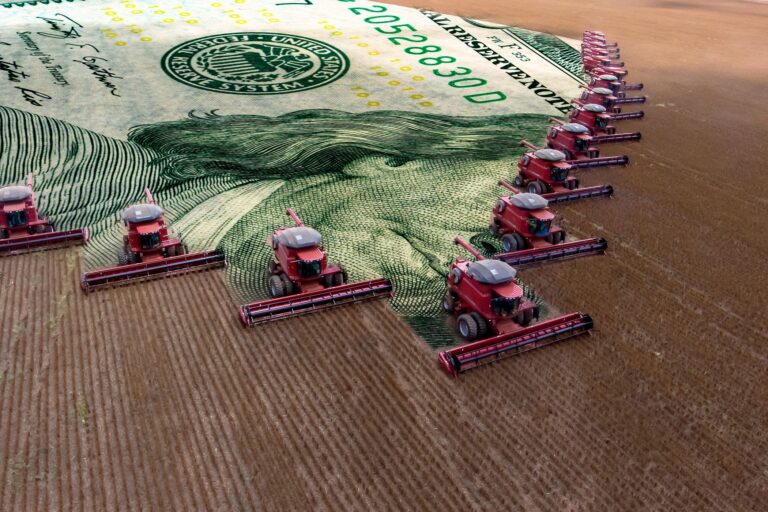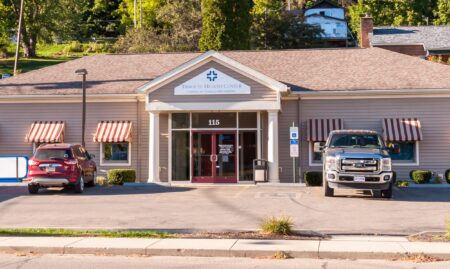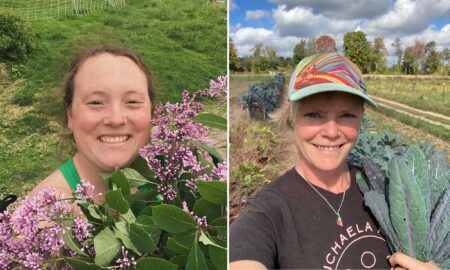The debt was never supposed to be the point.
A farmer walks the frozen stubble of a picked-over field, wondering whether next year’s crop will justify the loan he took out to buy a tractor that already costs more than his father’s whole farm once did. Meanwhile, in town, a student checks her phone outside the community college, doing the mental math on a 10-year repayment plan that will outlast her car, her job, and maybe even her marriage. Neither of them talks much about it. Neither has much choice. Somewhere along the way, debt — once an investment toward a sturdier life — became the life itself, an inheritance passed along not by family, but by necessity.
This is not just a story about numbers, any more than farming is just about acres or higher education just about grades. It’s a story about the slow change in what it costs to build a future, and what kind of future that debt still allows.
Capital and hope
It was not always this way.
There was a time, not so long ago, when going into debt for land or for learning was seen as a wager worth making. Farmers mortgaged their futures against a worn ledger of rain, sun, and steady markets. Students took out loans with the faith that the degree would open doors — and with those doors, a lifetime of returns.
Both believed, quite rationally, that their work would pay off.
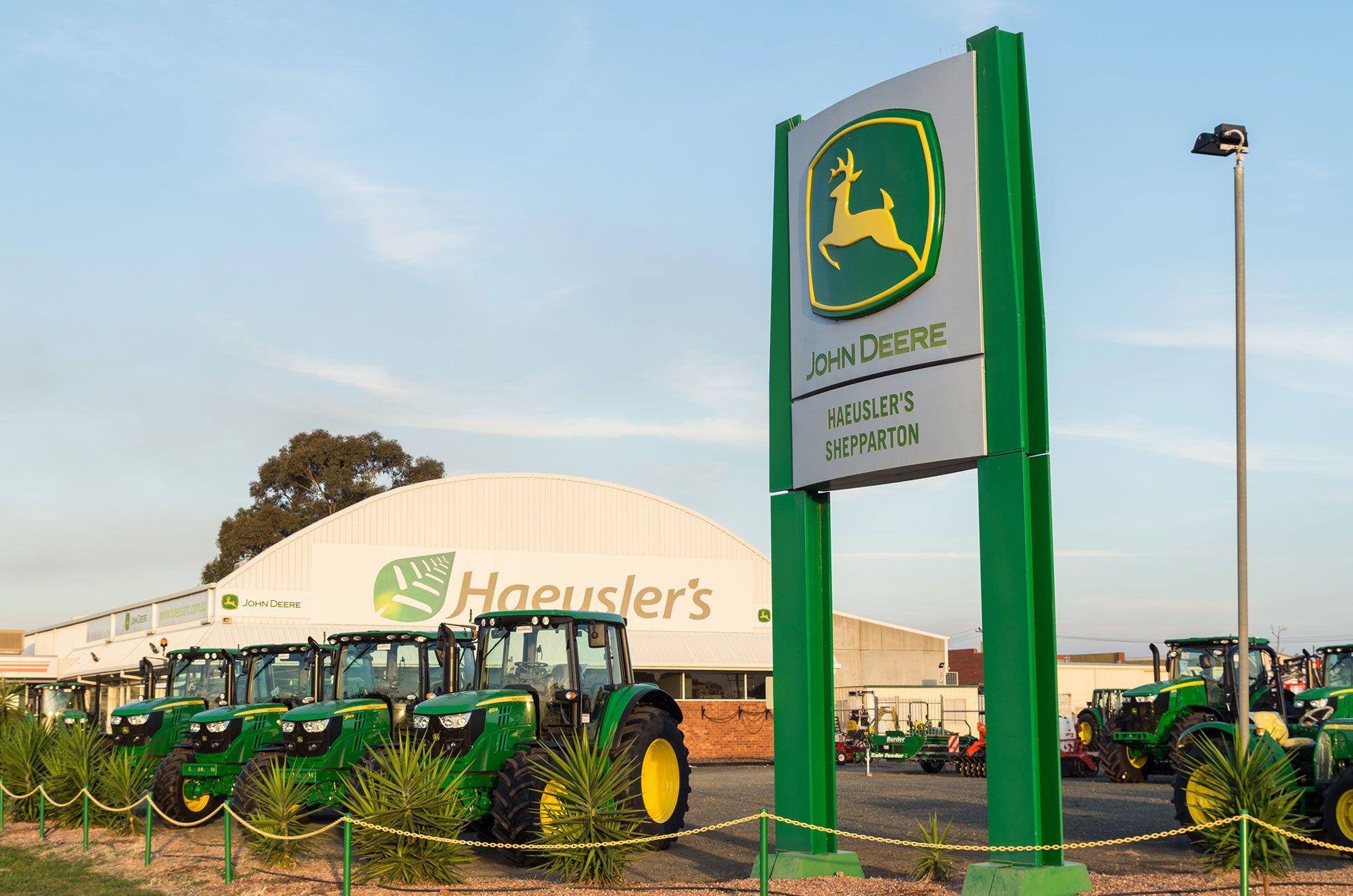
In 1990, a new mid-sized tractor cost around $40,000; today, its modern descendant may cost $120,000 to $150,000. A combine harvester that cost $100,000 in 1990 now fetches $500,000 to $700,000. Meanwhile, tuition at a public four-year university has risen from around $1,900 per year in 1990 to over $11,000 today, a 350 percent increase.
Neither farming nor education stayed cheap.
But it is not simply that prices rose. It is that the relative reward for those investments has not kept pace.
The deep roots of public stewardship
The connection between farming, education, and national renewal runs deeper than most realize.
When the Morrill Land-Grant Acts of 1862 and 1890 established public universities across the United States, they tied the fortunes of agriculture and education together explicitly. These institutions were created to teach practical farming, engineering, and applied sciences — to serve as engines of prosperity for ordinary citizens. After World War II, the GI Bill expanded access to higher education, just as federal farm programs stabilized rural economies battered by the Depression and Dust Bowl.


For much of the 20th century, public investment in farming and public investment in higher education walked hand in hand, sustaining the productive middle of American life.
That partnership has frayed.
Today, both systems often ask young people to go heavily into debt — without the public backstops that once made those risks reasonable.
A heavy yoke
The median early-career salary for a college graduate today hovers around $60,000 — almost exactly what it would have been, adjusted for inflation, in 1990. In real terms, the earnings potential of a degree has been flat for more than a generation.
Farming paints a similar picture:
While household incomes for farmers appear higher on paper, much of that is buoyed by off-farm jobs. Median net farm income alone often falls between $20,000 and $40,000 — a figure little changed since the early 1990s.
And debt? It has grown fat.
A typical student loan debt today averages $35,000 at graduation, costing about 10 percent to 11 percent of a young graduate’s after-tax income in repayments for the next 10 years.
A farmer purchasing modern equipment often faces $300,000 or more in loans, repaid over five to seven years, with monthly payments that can absorb 45 percent to 65 percent of household income.
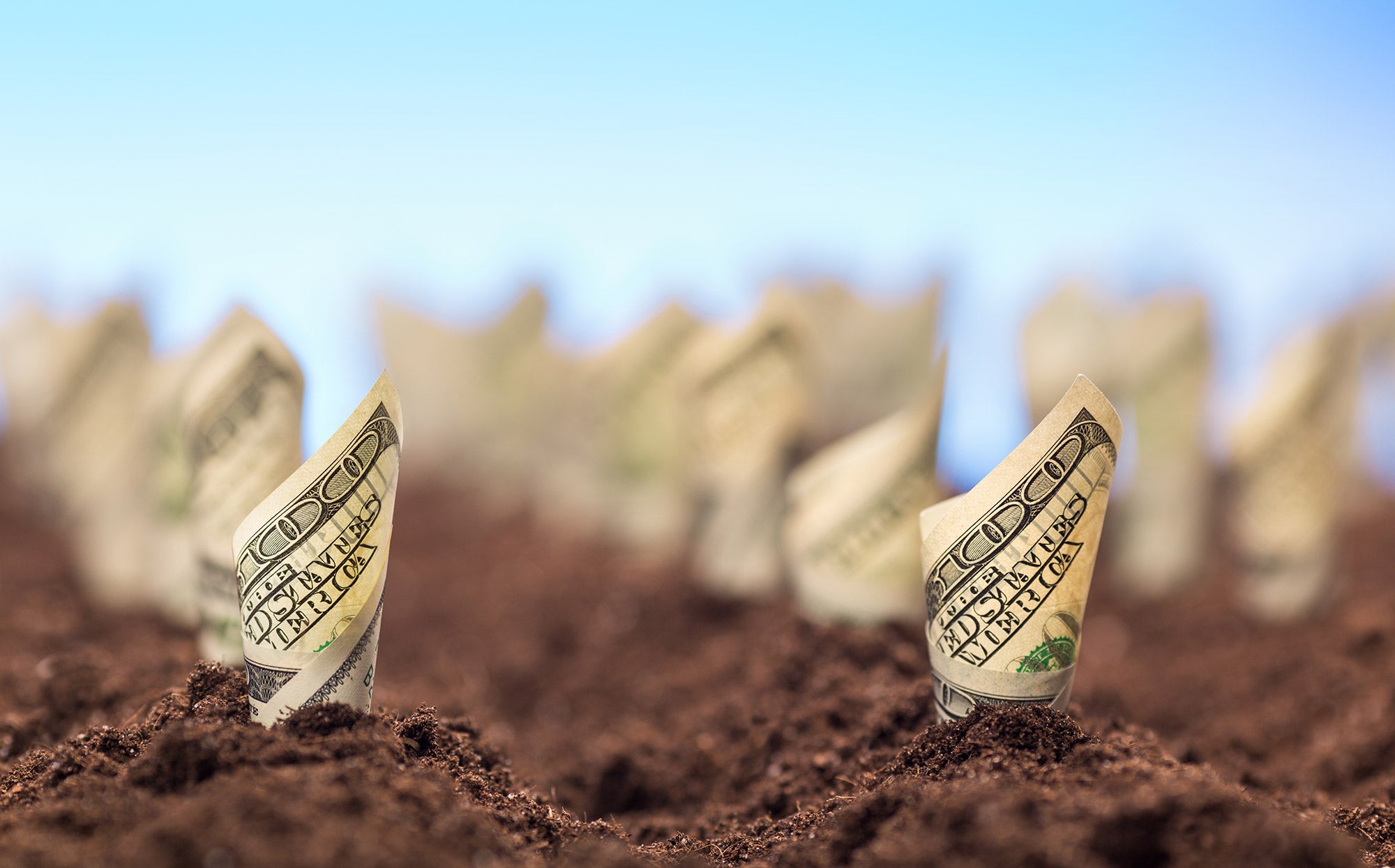

It is worth pausing here.
Over the last decade, the ballooning weight of student debt — now totaling more than $2 trillion — has sparked widespread political debate, lawsuits, and executive actions aiming to forgive or restructure that burden. Meanwhile, the debts carried by farmers — smaller in absolute terms, though still totaling nearly $500 billion — have received no such sweeping promises of reprieve.
No presidential campaign has made farm loan forgiveness a headline issue. No mass movement has taken to social media under a banner of “Crop Debt Cancellation Now.”
The difference is not merely a matter of numbers, but of narrative: Who is seen as deserving of rescue, and whose struggles are simply treated as the cost of doing business.
Subsidy and scale
It is fashionable to criticize farm subsidies, noting that the largest 10 percent of farms collect about 70 percent of the payments. But this often-maligned group — the “big farms” — also produces nearly 80 percent of America’s food and fiber.
In fact, the largest 4 percent of farms alone account for about two-thirds of total agricultural output.
Subsidies, for better or worse, tend to flow where the work gets done.
By contrast, public university subsidies flow with relatively little controversy. Taxpayers contribute roughly $140 billion annually to public universities through state appropriations and federal grants — a figure about six times larger than total farm subsidies.
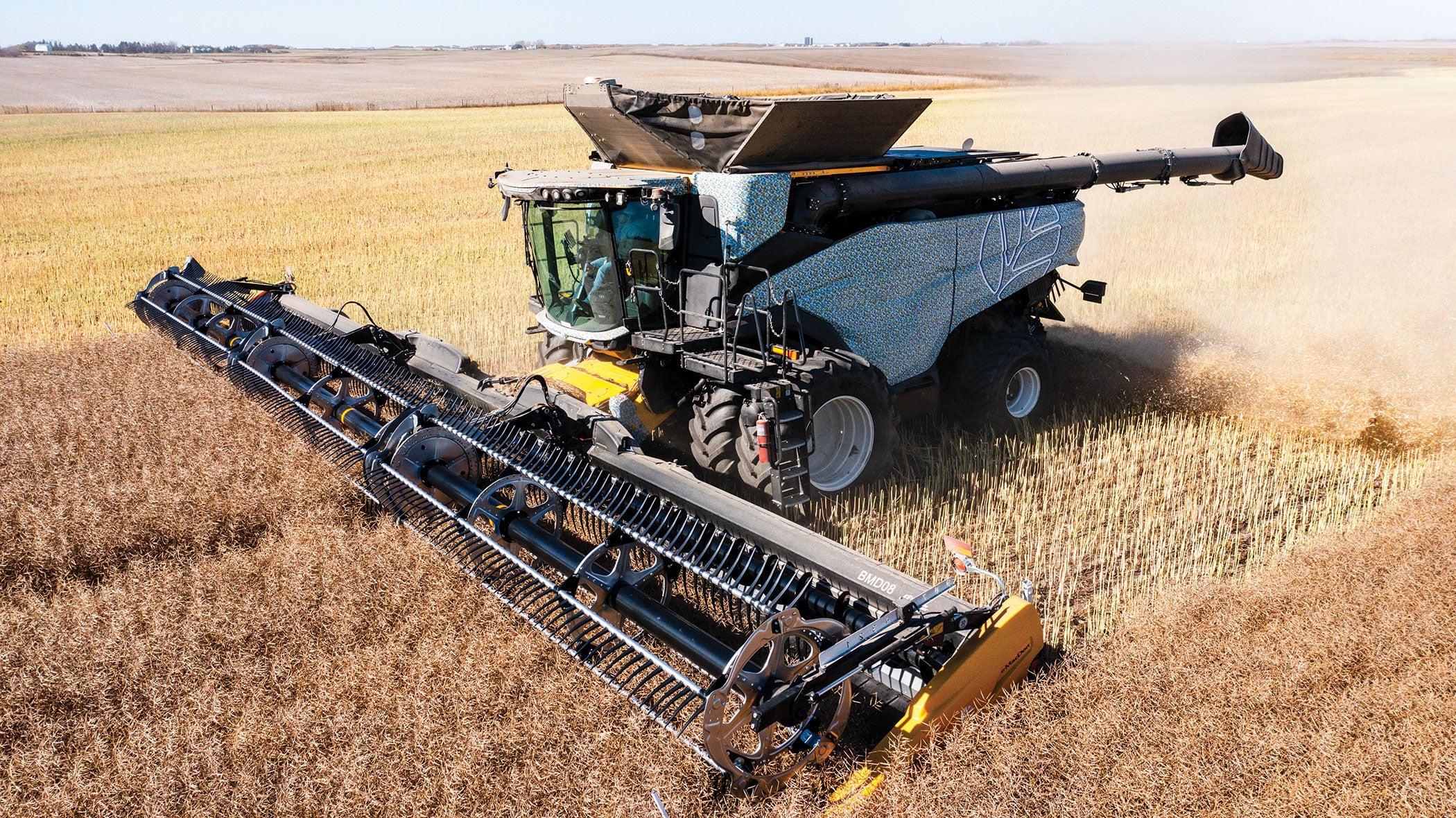

The act of supporting education is rightly seen as investing in a public good. Yet food security — the ability to sustain a civilization physically — receives proportionally less, and with more resentment.
Targeted stewardship, not sentiment
There is a necessary caution here. Not every “farm” listed in government statistics is a farm in the working sense.
Today, more than half of all farms report less than $10,000 a year in gross income, and many exist more as tax shelters, lifestyle properties, or weekend projects. Subsidy and loan programs, shaped as blunt instruments, often make little distinction between a commercial wheat grower feeding thousands and a couple raising alpacas for fiber shows on the weekend.
Worse, many programs — particularly at the state and NGO levels — now prioritize “beginner,” “diverse,” or “small” farms without serious regard for long-term viability. A farm’s merit is treated less as a function of its production and stewardship, and more as an identity marker to be rewarded.
Real food security, however, rests on a much smaller group of working farms — operations that have survived volatile markets, rising input costs, regulatory complexity, and generational turnover.


If there is to be serious reform of farm lending or debt assistance, it must be directed carefully.
Participation in such programs should be based on clear and fair standards. A working farm should demonstrate at least $20,000 in gross agricultural sales annually for five consecutive years to qualify for direct loan assistance or subsidy enhancements.
At the same time, genuine new entrants should have a pathway: enrollment in structured mentorship programs under experienced farmers, tied to production benchmarks and conservation practices year by year.
Stewardship is not sentiment. It requires rooting financial support where it has the best chance to bear fruit — among those who can feed not just themselves, but the country.
Mirroring stewardship in higher education
If we ask farmers to meet serious standards of production to justify public support, it is only fair to ask the same of higher education.
Student loan forgiveness, when it is considered, should not be offered blindly or based purely on enrollment. It should be tied to real work: Five years of employment in critical fields — education, healthcare, engineering, agriculture, or national service.
Structured programs could offer pathways to forgiveness for those contributing to rural communities, underserved schools, or vital industries.


Performance should matter, too.
Farmers do not receive operating loans for failing crops year after year without consequence. Likewise, students seeking continued loan support should meet basic academic benchmarks, demonstrating progress toward a viable career.
And perhaps most critically, student lending must begin to incorporate a principle long familiar to any farm kid sitting across from a banker: Show us your plan.
Before borrowing tens of thousands of dollars, prospective students should receive clear disclosures about the typical employment rates, starting salaries, and loan burdens associated with their chosen major.
Choosing to major in psychology, fine arts, or philosophy is not a sin — but it should be undertaken with eyes wide open, not underwritten blindly by public money. If a wheat farmer proposed to plant triticale for a non-existent market, no loan officer would sign the papers.
It is time to ask at least as much seriousness from our approach to education.
A culture of debt
The normalization of debt across American life has made it easier to ignore its true cost. Student loans are framed as investments, farm loans as necessities, mortgages as rites of passage, and credit card debt as manageable burdens of adulthood.
What was once a cautious, last-resort strategy — borrowing against the future — has been recast as the ordinary precondition for participation in economic life.
The consequences are everywhere: fewer young farmers able to buy land, fewer graduates able to start businesses or families, and a growing sense of resignation that deep debt is simply part of becoming an adult.
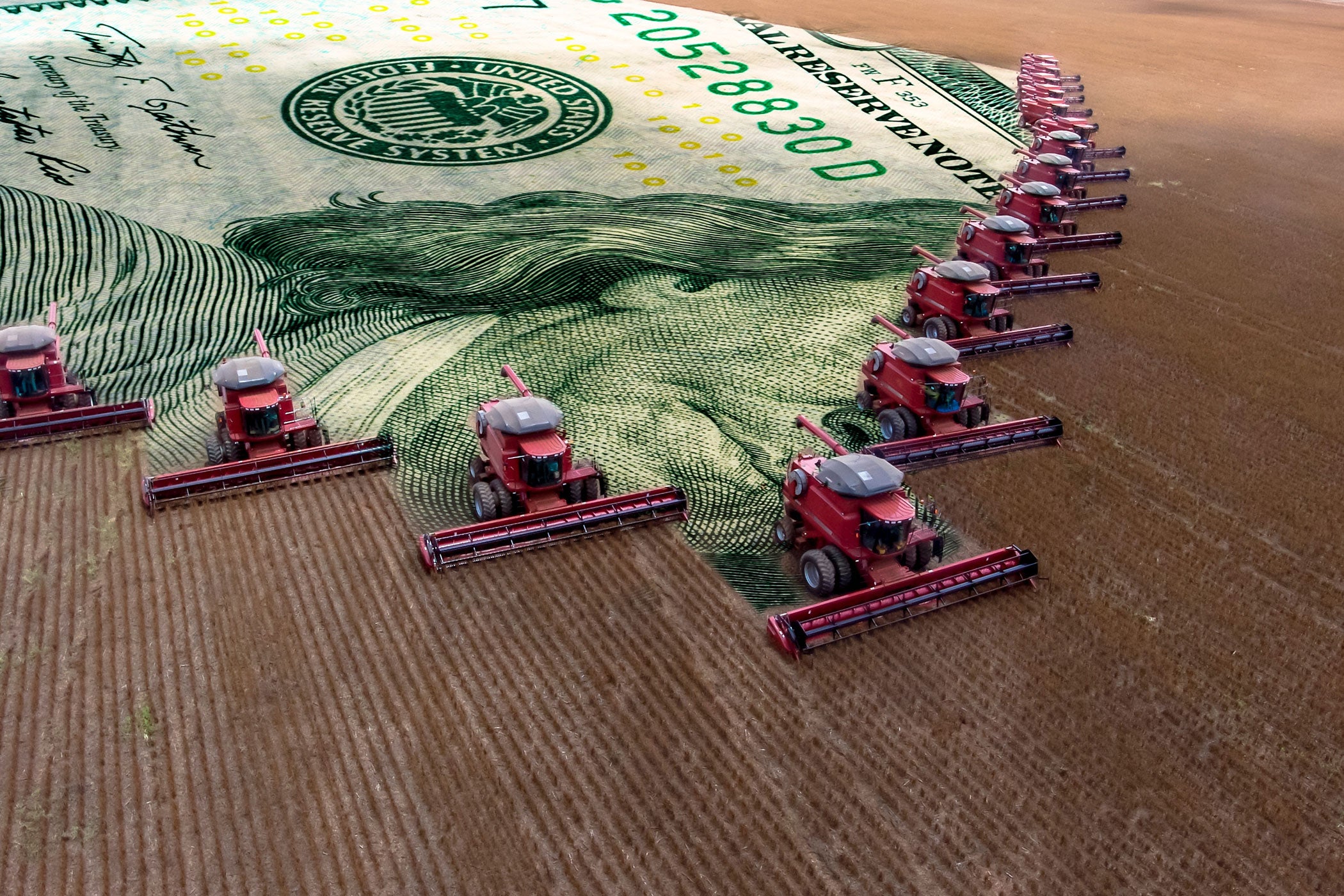

But debt is not neutral.
When society forgets that debt is a weight meant to be carried for a purpose — and not indefinitely — it risks turning education and farming alike into unsustainable ventures.
Reality over recognition
At the root of these questions is a simple truth too often forgotten:
- There are no participation trophies in life.
- Farming does not award ribbons for intentions.
- Neither should higher education, nor the public policies that support it.
- Stewardship — whether of land, learning, or public investment — requires outcomes, not merely enrollment.
- A healthy system encourages growth, yes, but it also teaches resilience, responsibility, and the hard disciplines of reality.
If we wish for a society capable of regrowth, we must stop confusing participation with fruitfulness, and structure our support accordingly.
Cultivating tomorrow
The future cannot be built on promises that no longer pencil out.
If the public is willing to invest heavily in knowledge — as it should be — it must equally invest in the ground that feeds it.
If we can imagine forgiving the debts of those who seek to build with their minds, we might also imagine forgiving, or at least rethinking, the debts of those who build with their hands and soil.
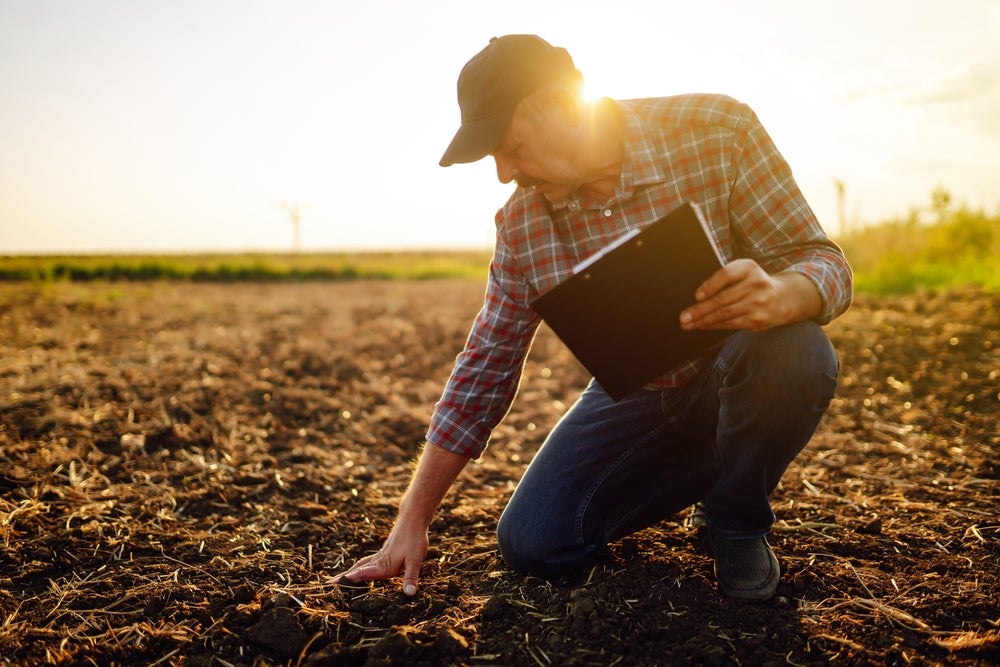

Real stewardship demands more than slogans. It requires planting into hard ground, sometimes into long winters, trusting that deep roots matter even when the harvest looks uncertain. It is neither naïve optimism nor a call to nostalgia. It is simply the work necessary to live.
We will need farmers, and we will need thinkers. But we will need fewer debtors.
And perhaps that’s where the real work of regrowth must begin.
The ground we share
At the heart of this tension lies something more than economics; it is about how we see one another.
Too often, society has cast the farmer as a relic of a vanishing past and the college graduate as the vanguard of a brighter future. One is framed as nostalgic, even burdensome, and the other as progressive, even necessary. Yet both are laborers, both are stewards of inheritance, and both are builders of futures.
The fields and the lecture halls, the furrows and the libraries, are not opposing forces unless we choose to make them so, and in truth, each depends on the other more than either often admits.
We need those who know how to plant seeds in soil and those who know how to plant seeds in minds; we need those who harvest grain and those who harvest understanding. If we are wise, we will remember that debt alone is no measure of worth, and that hope alone is no harvest.
The future will not belong to those who fight over old boundaries but to those who can regrow old trusts — between those who learn, those who grow, and those who labor for the common good.
There is no life without bread, and no flourishing without wisdom. Perhaps the ground we most need to cultivate now is not only the land or the mind, but the trust between them.
Ben Henson is a lifelong farmer and international agricultural consultant with over 30 years of experience in the U.S. and Africa. He currently splits his time between a hay and cattle farm in Oregon and a climate-smart agriculture initiative in Rwanda.


:max_bytes(150000):strip_icc()/44467609092_de0dd33a28_o-ea570461a64240d9bdad9717b3374b48.jpg)
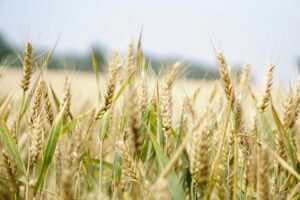
:max_bytes(150000):strip_icc()/Markets-2-Storm-candlestick-up-9-4bd8982c0a6b4c0e9e01a0d2bcb070ed.jpeg)


